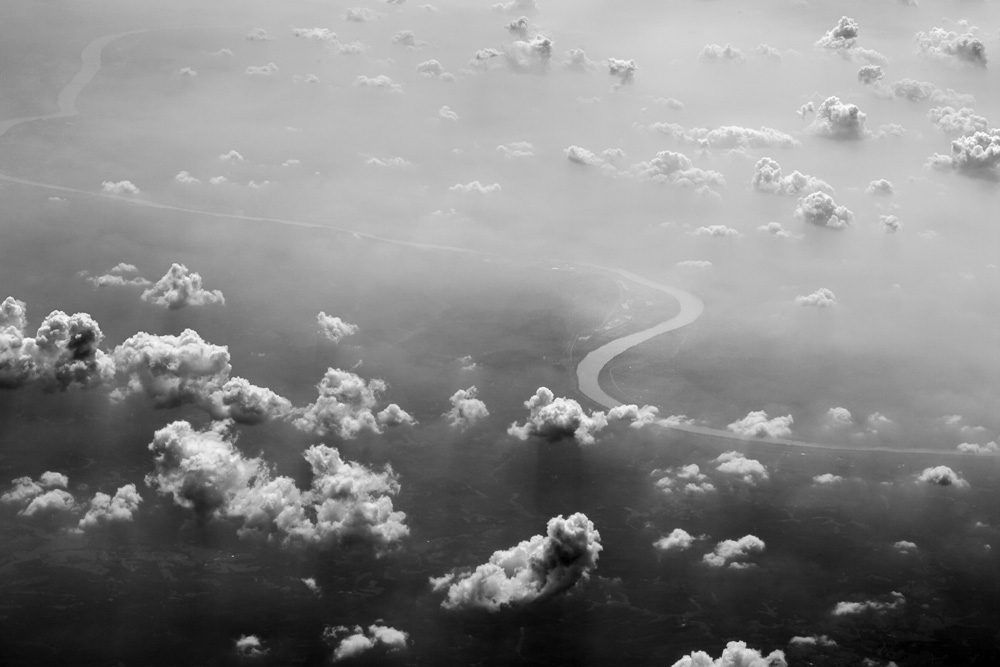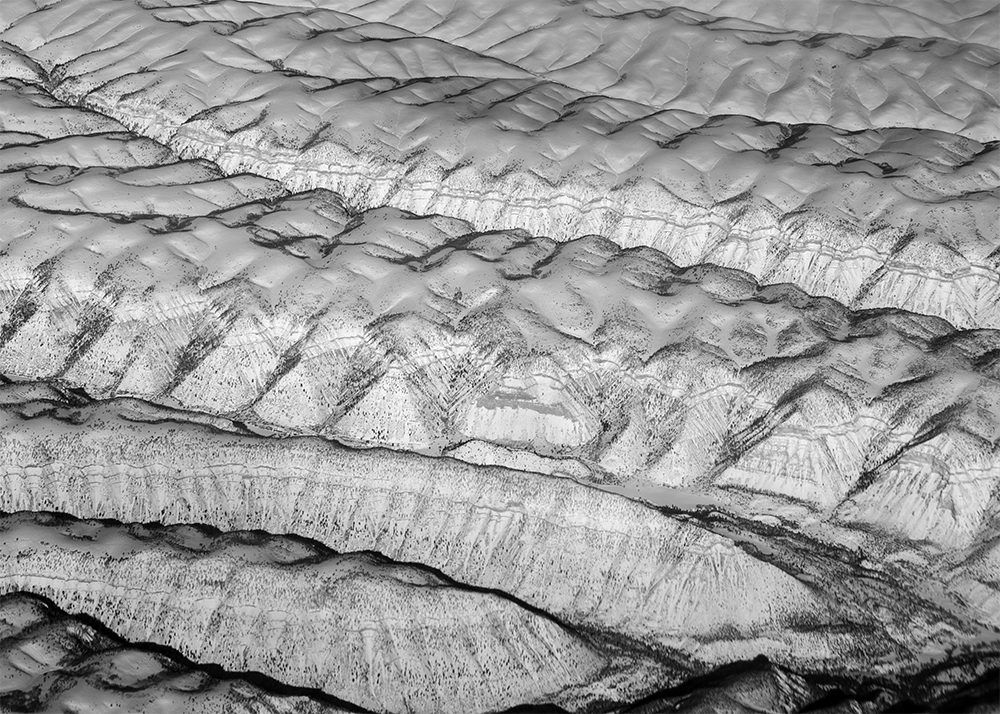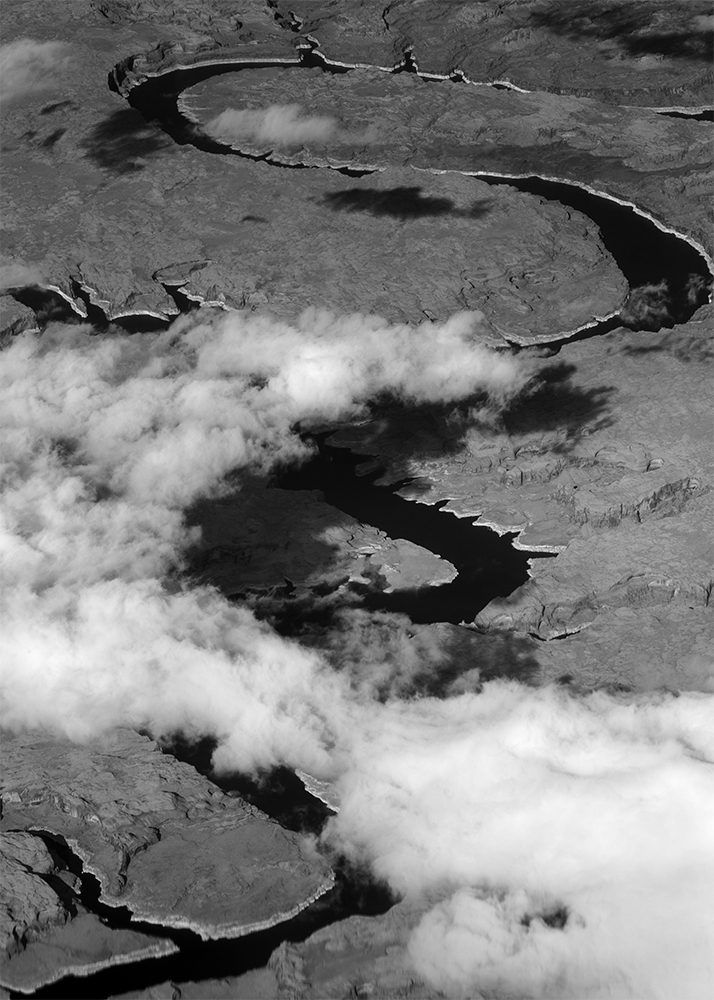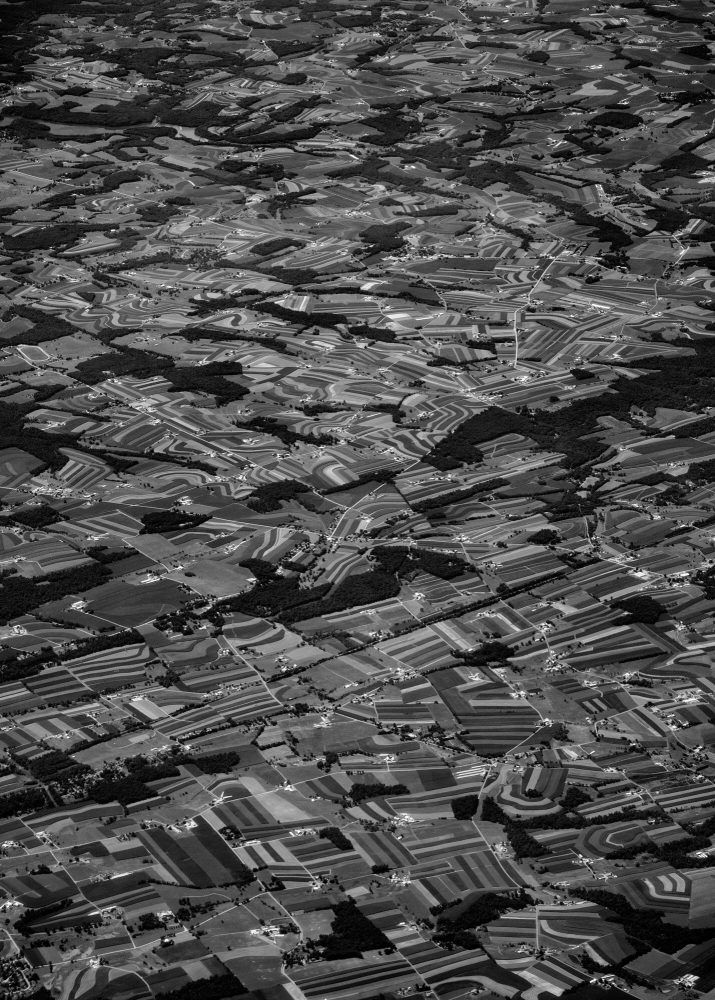blog
Interview with photographer Luc Busquin

Ohio River, Huntington, West Virginia
F-Stop Magazine: Tell us a bit about your background as a photographer. I read that you are a pilot, which makes me curious which came first photography or flying and how did the two come together?
Luc Busquin: I got into photography at a young age borrowing my father’s camera. It was a Canon viewfinder camera with interchangeable lenses which mesmerized me as a child. And with it I started taking pictures of aircrafts at local air shows. Later as a teenager I put together a darkroom in the basement of my parent’s house.
All along I had a passion for anything to do with the sky. I built airplane models, kites, remote control airplanes, read anything to do with aviation, and learned to fly at 16.
The two passions came together naturally as I took pictures of airplanes, then attached a camera to a remote control airplane, and later took picture from the air.
F-Stop: The current issue of F-Stop Magazine includes images from your project “ATOP THE TROPOSPHERE,” can you tell us about this project? What led to this work?
LB: Initially the pictures I took from high altitude were disappointing to me. They didn’t capture what I saw from up there because of technical limitations that I couldn’t overcome with film camera. So I gave up trying to take picture from above. Modern digital camera changed that and allowed me to get over the issue of atmospheric haze and the distortion of the aircraft windows. Once I could get technically acceptable results, I set out to capture the beauty of what’s out there. Over time I started to realized that the images I was making were influenced by something from my childhood. All those Antoine de Saint-Exupery books I read as a child had influenced the way I look at the world and affected the esthetics of my photographs.

Book Cliffs, Colorado, 2012
F-Stop: What is your process for making these images or your creative process more generally?
LB: I’m an airline pilot and I often bring my camera along. When I’m not the flying pilot, I scan the scenery outside the window for interesting compositions.
F-Stop: How did you choose what to photograph, what were you looking to capture for this particular series?
LB: I’m looking for images that tell a story about humanity in its environment. Either desolate landscapes that show a sense of fragility and isolation by the very absence of humanity. Or landscapes with large scale transformation by human activity.

Glen Canyon, Utah, 2012
F-Stop: What do you hope people experience or feel or think about when they look at your photographs?
LB: I hope people get a sense of wonder at the place we live in and I hope the images reinforce the notion that we live in a unique, beautiful, and fragile place.
F-Stop: Do you have a favorite image in this series? If so, which one and why is it the image that speaks to you most?
LB: My current favorite if I was forced to chose one is a picture of Lancaster County in Pennsylvania (see below). The image shows a quilt-like pattern of fields on rolling hills. It is the only place I know in the US where fields are not gigantic circles or squares. The fields in the picture carefully follow the contour of every hills. The reason these fields look so different is that they are the product of the Amish people. It shows beautifully the large scale effect that human culture and activity has on its land.

Lancaster County in Pennsylvania
F-Stop: Why do you photograph? What compels you to make the images you create?
LB: Photography is the one creative outlet I’m not terrible at. I’d love to write books or make music but nobody would enjoy the experience
F-Stop: Are you working on any other projects currently?
LB: Yes. First the aerials are ongoing. Second I started a series where I continue to shoot through windows but from the ground this time. It’s a project about the isolation of travel with pictures of the view outside hotel room windows.
F-Stop: And lastly, what photographers or other artists inspire you?
LB: Chiefly Ansel Adams of course and Antoine the Saint-Exupery.
To see more of Luc Busquin’s work visit: lucbusquin.com
Location: Online Type: Featured Photographer, Interview
Events by Location
Post Categories
Tags
- Abstract
- Alternative process
- Architecture
- Archives
- Artist residency
- Artist Talk
- Biennial
- Black and White
- Book Fair
- Car culture
- Charity
- Childhood
- Children
- Cities
- Collaboration
- Community
- Cyanotype
- Documentary
- Environment
- Event
- Exhibition
- Faith
- Family
- Fashion
- Festival
- Film Review
- Food
- Friendship
- FStop20th
- Gender
- Gun Culture
- Habitat
- home
- journal
- Landscapes
- Lecture
- Love
- Masculinity
- Mental Health
- Migration
- Museums
- Music
- Nature
- Night
- nuclear
- Photomontage
- Plants
- Podcast
- Portraits
- Prairies
- Religion
- River
- Still Life
- Street Photography
- Tourism
- UFO
- Water
- Zine


Leave a Reply